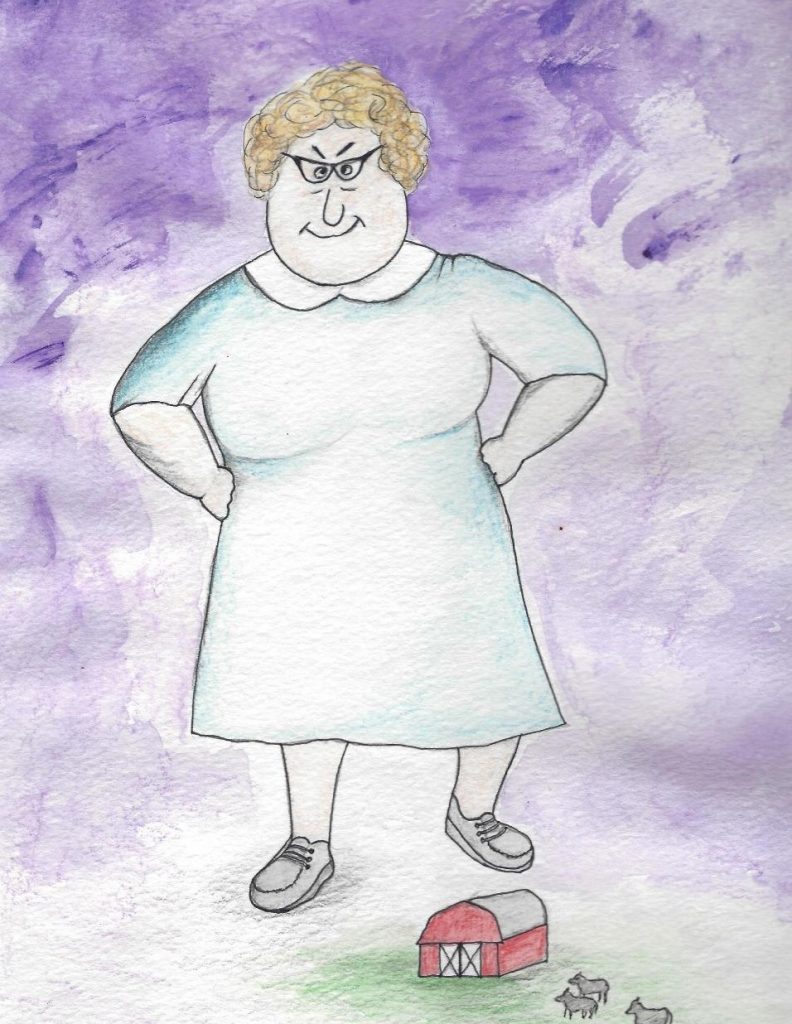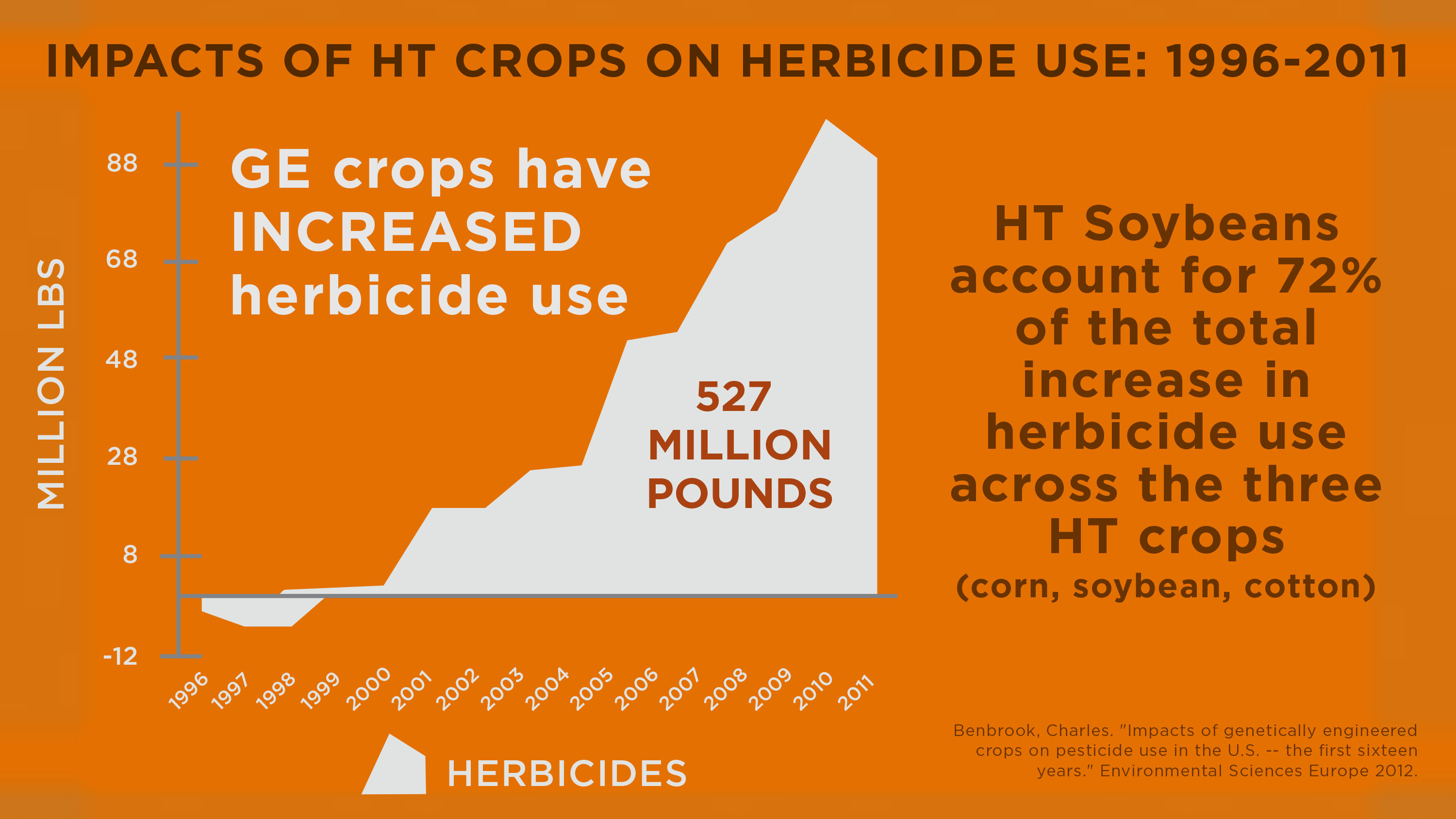
We learned about one-eyed giants, blue-skinned giants with three fingers and three toes, and a giant with fifty heads. But these giants lived a long time ago and perhaps only in books.
We had just about given up on the idea when I caught sight of an article in The Guardian, “How America’s food giants swallowed the family farms.” I looked at Al and Al looked at me.
“I believe we have found our giants, Al,” I said. Further research confirmed our suspicions. From the patented seeds to the packaged concoctions we saw at the supermarket, we learned that giants are controlling much of the humans’ food.
“I knew it had to be something big,” said Al.
“Yes, I said. “It seems there’s a whole ring of them – Bayer, Syngenta, Cargill, PepsiCo, DowDuPont, etc. and their ringleader, Big Ag.”
“Hippo, don’t you have a Great Auntie Ag?” asked Al.
“Yes,” I replied, “short for Agnes. Likewise, Big Ag must be short for Big Agnes.”
“There’s quite a bit here about one named Monsanto,” I noticed. “It means “sacred mountain.”
“Ooooh!” squeaked Al. “Maybe that’s a giant who will help us.”
“Let’s see,” I said. It looks like the two giants, Monsanto and Bayer, became one giant a few years ago. They took the Bayer name.
“How do they do that?” Al asked, eyes wide. “And are there two heads?”
“I’m not sure I want to know, Al.”
Monsanto’s flagship product was a commercial and residential glyphosate-based herbicide called Roundup, claimed by the company to be non-toxic and biodegradable. https://www.youtube.com/watch?v=VRsolvgEQy8How can. Roundup is now sold by Bayer; similar glyphosate-based products are sold by other companies around the world.
Although some government agencies, such as the US Environmental Protection Agency, back the companies’ claims of safety, it is clear that glyphosate, now commonly found in human bodies, enters the food web. Intense debate continues as to whether it causes cancer and other illnesses.
According to Dr. Robert Kremer, a leading soil scientist, glyphosate also kills beneficial soil organisms that keep pathogens in check, interferes with the uptake of nutrients in plants, and reduces nitrogen fixation and plant productivity, all necessary for healthy growth. https://www.cornucopia.org/2015/05/dr-robert-kremer-gmos-glyphosate-
“Why don’t they wait until they know for sure before unleashing this stuff on us?” asked Al.
I agreed.
Roundup is the most widely used herbicide in the history of agriculture. Introduced in 1974, its use has skyrocketed since the release of Roundup Ready soy beans, followed by corn, canola, alfalfa, cotton, and sorghum, starting in 1996. Roundup Ready crops are genetically modified to be resistant to the herbicide Roundup. What this means is that farmers can cover their crops with the chemical and it will kill everything except the genetically modified organisms (GMOs). This makes weed control much easier.
“Therefore, Hippo, if you modified your favorite savanna grass, you would have the entire savanna containing nothing but your favorite food.”
“But I like a variety, Al, and I don’t want to eat glyphosate. And what about our friends who like to eat something other than grass?” I asked.
“Right,” said Al. “They would be unhappy with you, to put it mildly.”
Just as the heavy use of antibiotics has contributed to the rise of drug-resistant “supergerms,” the use of glyphosate has spurred the creation of superweeds, twenty-four confirmed, overrunning millions of acres of land.
Anybody who knows anything about biology would have known (or at the very least, strongly suspected) this would be a problem,” said Al. “Monsanto or Bayer, or whoever they are, are not very smart.”
“Well, Al, there’s strong evidence that the Monsanto scientists did know.” https://www.motherjones.com/food/2012/03/monsanto-scientists-superweeds-npr/
Here’s what they told the US Department of Agriculture when they were trying to gain approval for Roundup Ready soybeans: “. . . glyphosate is considered to be a herbicide with low risk for weed resistance.” They also said that several university scientists agreed “that it is highly unlikely that weed resistance to glyphosate will become a problem as a result of the commercialization of glyphosate-tolerant soybeans.”
Apparently that was all that was needed. According to the United States Department of Agriculture, 94% of the US soybean crop, 98% of the cotton, and 90% of the corn in the United States is now genetically modified to tolerate potent herbicides. https://www.ers.usda.gov/data-products/adoption-of-genetically-engineered-crops-in-the-us/recent-trends-in-ge-adoption.aspx.
“The giants are controlling the government, too!” said Al. “This is BIG!”

“GMO crops were also supposed to reduce the use of pesticides,” I said, “but look at this chart, Al. According to this data, pesticide use has increased by 527 million pounds since the introduction of these crops.” http://www.justlabelit.org/a-herbicide-increase/
“And listen to this, Al!”
“US chemical titans Dow and DuPont have agreed to a $130 billion merger. Once combined, DowDuPont (as it will be known) intends to split into three parts, including one devoted solely to agriculture.”
“First they merge and then they split into three! exclaimed Al. The question is, how many heads will they have?”
“DowDuPont also makes genetically modified seeds and potent herbicides.”
“So,” said Al, we don’t know if it’s safe for animals, it may cause cancer, harms the soil, creates superweeds, requiring more pesticides. Who is it good for?”
“Well, Al, instead of being harmed by these and other chemicals, fertilizers, weed killers, and pesticides, like the rest of us, they only make the giants stronger and bigger!”
“Big Agnes and her gang may be big, but they are not smart,” said Al. “They don’t even know that all living things are connected with one another in sometimes mysterious ways.”
“That may be,” I said, “but these giants are troubling indeed. How will we ever tip the scale with giants on the other side?”
